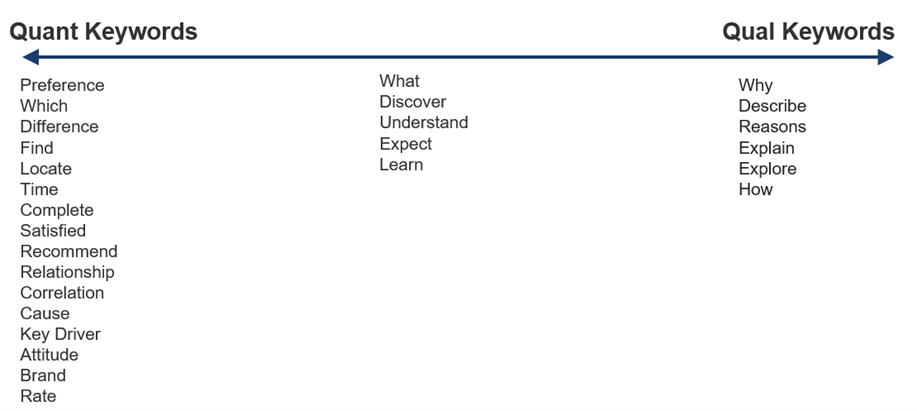Research Designs
Quantitative Research Designs
1.) Descriptive
surveys an unknown/ under investigated phenomenon
“What are”, “How many”
2.) Correlational
Relationship between two variables
“Is there”, “what is the relationship”
3.) Experimental
Strong causal relationship
Total control of variables (laboratory)
4.) Quasi-experimental
Causal relationship
Limited control of variables
Pre-existing conditions
Social aspect
5.) Ex post facto
Casual-comparative
Factors or Possible causes
“After the fact”
Pre-existing conditions
Ethical considerations
Qualitative Research Designs
1.) Ethnography
Immersion (6 Months)
Observe and Participate
Covert or Overt
Anthropology > Orientalism > us/them, self/other
2.) Grounded Theory
Theory or Concept Formulation
Based on the ground (experience)
Inductive
3.) Phenomenology
Lived experiences
Vivid descriptions
Personal
Through the eyes of the participant
Interviews
4.) Historical (Narrative)
Document Analysis
At least 1 person
Weave historical events to offer a story
Historical events are a narrative device
5.) Case Study
A specific group, person, or institute
Observation, interviews, document analysis
Develops or progress over time
Through the eyes of the researcher
6.) Digital Ethnnography
Internet culture
Mixed Methods
1.) Convergent Parallel
Simultaneous data collection
Separate data analysis
Create mutually exclusive sets of data that inform each other
2.) Embedded
Simultaneous data collection
Qualitative data is embedded within quantitative data
Focuses on quantitative data that is further explained by qualitative data
3.) Explanatory Sequential
Collection of quantitative data before qualitative
Separate data analysis
Further explain quantitative data with additional qualitative data
4.) Exploratory Sequential
Collection of qualitative data before quantitative
Separate data analysis
Explore a topic before collecting quantitative data
Types of Variables
Quantitative Variables
Discrete -positive whole numbers only
Continuous or Interval - positive, negative numbers, no true zero, can be decimal (Ex: temperature)
Ratio - positive numbers with true zero, can be decimal
Qualitative or Categorical Variables
Dichotomous - binary options
Nominal (name) - no specific order, more than 2 options
Ordinal - ranking or order (Ex: letter grades)
Based on Role or Function
Independent - variable that stands alone and isn't changed by the other variables
Dependent - changes
Extraneous - undesirable but controllable
Confounding - undesirable and uncontrollable
